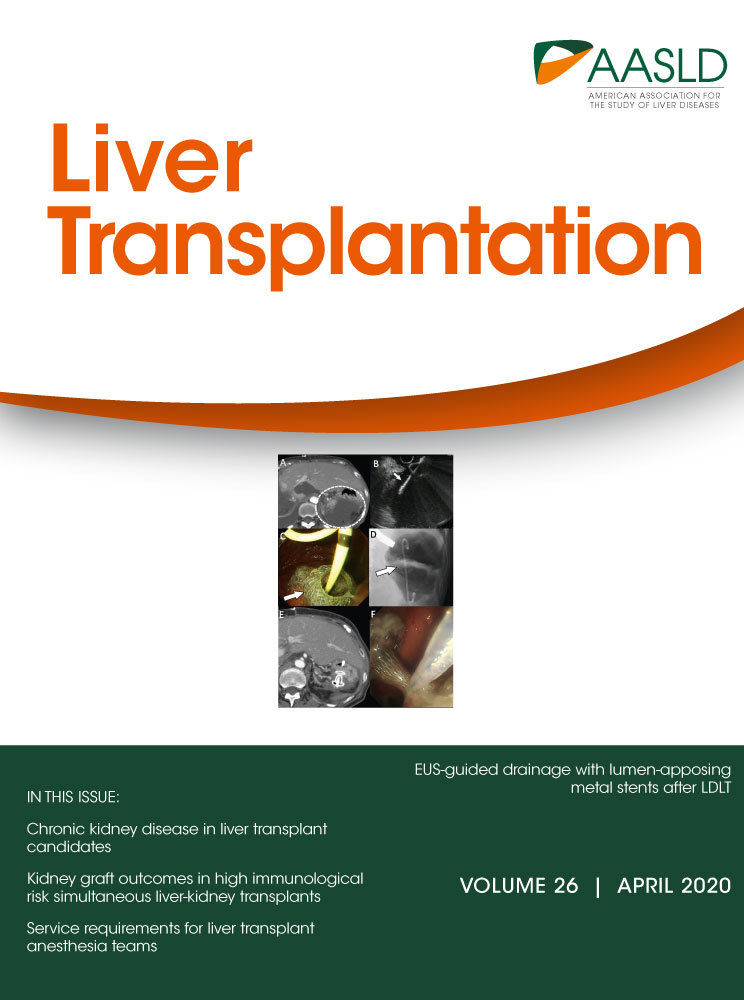Frailty Is Associated With Increased Rates of Acute Cellular Rejection Within 3 Months After Liver Transplantation
Up to 1 in 5 patients with end-stage liver disease in the United States are frail.1 Emerging data suggest that frailty is more than simple deconditioning, but it is rather a distinct phenotype accompanied by immune dysregulation.2-5 Within this context, Fozouni et al. investigated the association of frailty and acute cellular rejection (ACR) in a retrospective, single-center cohort study of 241 liver transplant patients.6 After controlling for a number of potential confounders using bivariate logistic regression modeling, the authors found frailty was strongly associated with ACR in the 90-day period following transplantation. Most importantly, the authors found the same association after adjusting for changes in immunosuppression dose, which occurs at disproportionately high rates among the frail population.
These findings come in the context of several important limitations, which are well discussed in the manuscript. Most notably, the timing of frailty assessment was significantly different between frail and nonfrail patients, and no information was available regarding the trajectory of frailty following transplant. Additionally, the immunosuppression regimens of the patients who were identified as suffering from ACR are not reported. It would be interesting to know specifically how these patients were managed leading up to the episode of rejection. Clearly, further research is required to fully characterize the relationship between frailty, choice and dose of immunosuppression, organ rejection, and outcomes among solid organ transplant recipients.
Remediation continues to be the Achilles’ heel of frailty research. Early results from efforts to mitigate the frail phenotype have focused on exercise and nutrition, which are limited by marginal functional improvement and constrained by the extreme resources these patients require. Perhaps further investigation into the cellular mechanisms of frailty will offer better targets for intervention or, perhaps, better objective markers of the frailty phenotype. At the very least, the results from Fozouni et al. provide a link between prior studies associating frailty with immune dysfunction and the clear association of frailty with poor surgical outcomes.
While this work is compelling, we should remember to exercise caution when applying these data to our daily practice. For decades, providers have minimized immunosuppression for patients who subjectively appeared frail. Concerns over increased rates of infection in frail liver transplant patients should be considered. By utilizing subset data for patients who developed ACR (as well as postoperative outcomes), we are missing an important piece of the puzzle. Despite these concerns, this work adds to the growing evidence of inferior outcomes among frail patients undergoing liver transplantation and provides a robust opportunity for rigorous translational research. One question that remains is whether interventions aimed at improving the immune dysregulation of frailty in patients undergoing liver transplant could lead to improved outcomes by decreasing ACR events.
Frailty will continue to be topical in organ transplantation. Simple attempts at remediation have been disappointing. Now is the time to embrace emerging cellular techniques to drill down on the molecular basis of frailty. As a transplant community, we must think outside the gym (and kitchen!) for innovative techniques.




